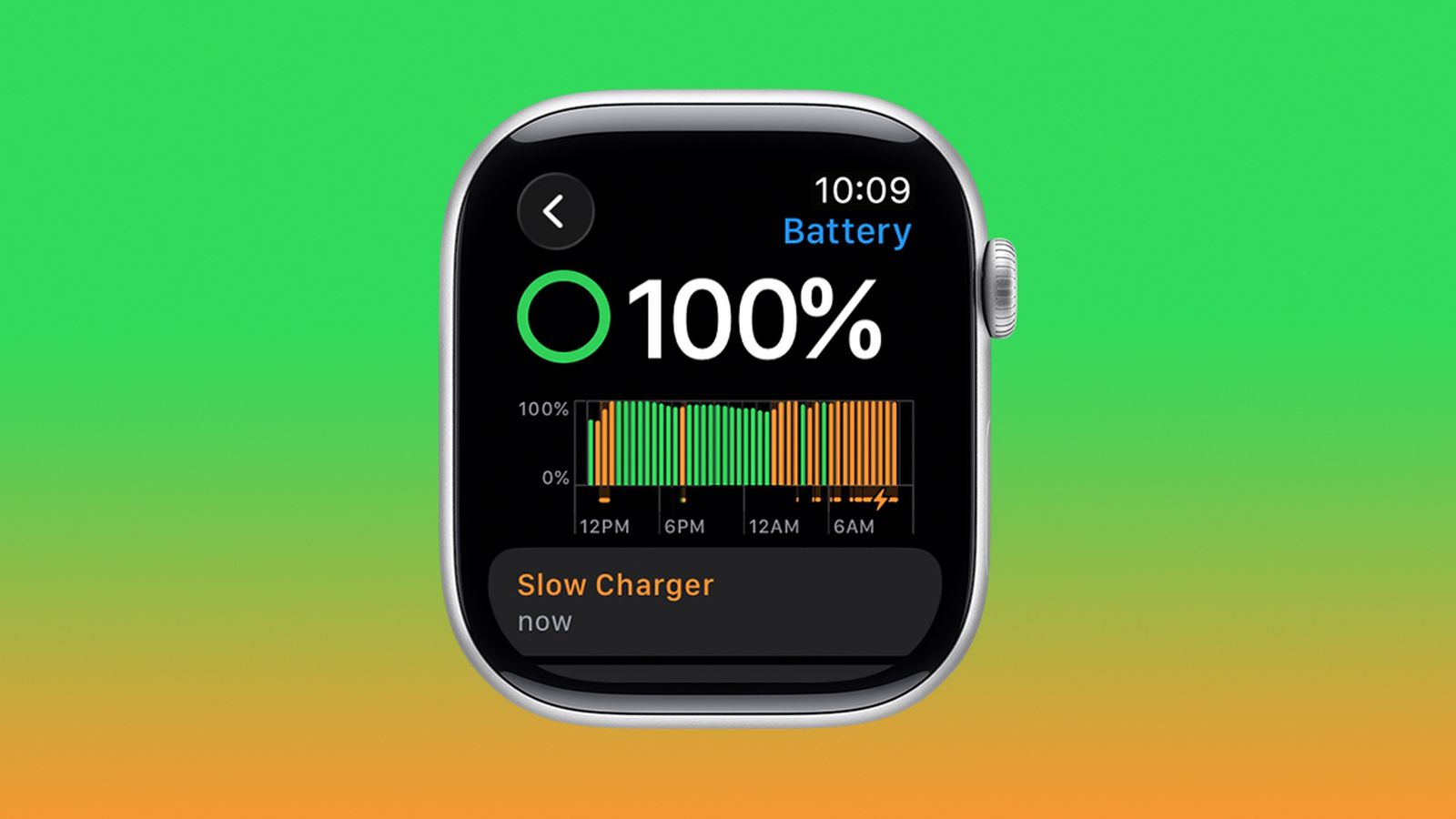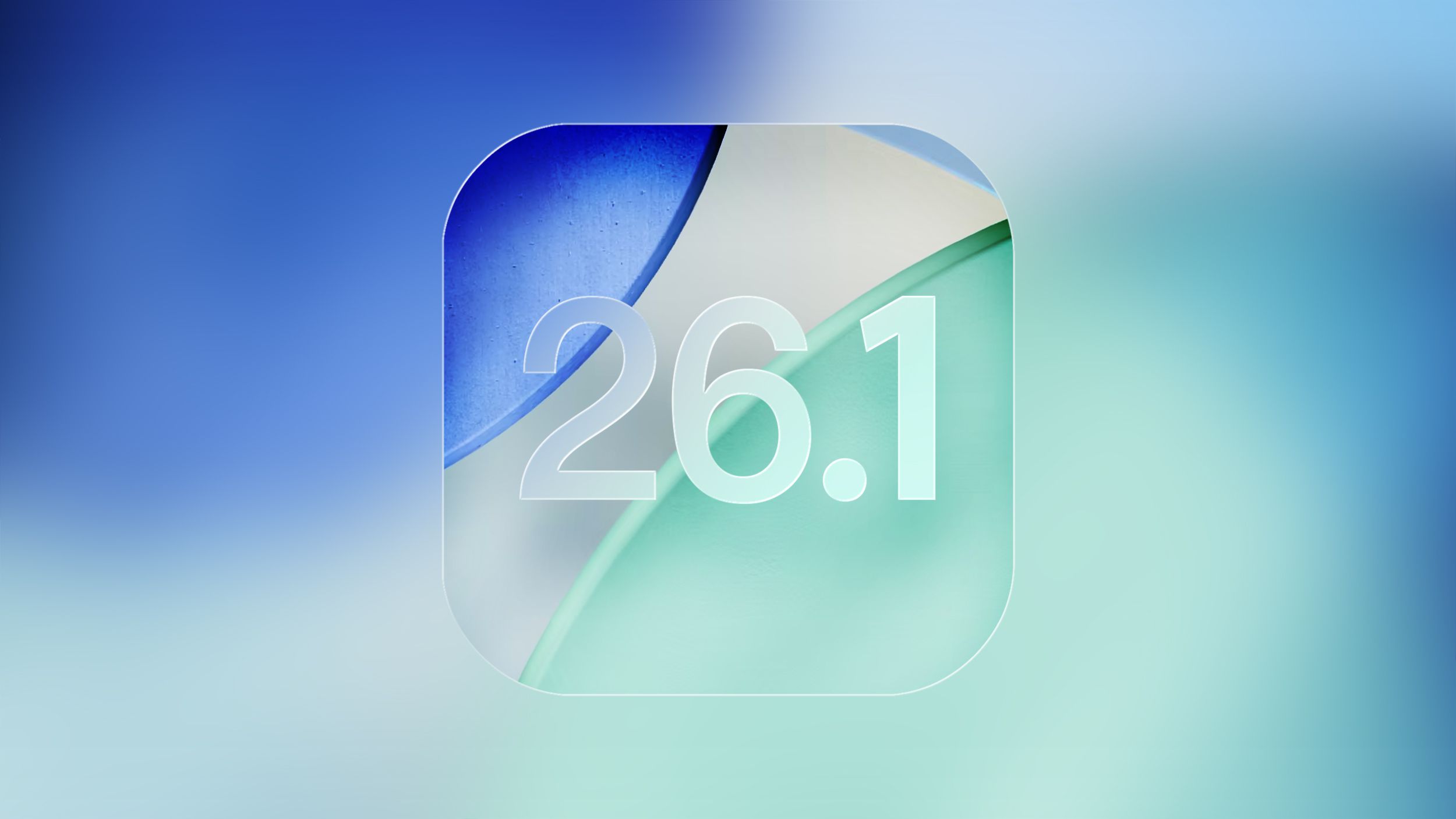The animated feature leaves crime-ridden Gotham City behind, infusing elements of Mesoamerican history and culture with the traditional template of the Batman myth; in Mexico theaters September 18, HBO Max on September 19.
It’s initially hard to imagine Batman – a DC character that thrives on technological genius and gritty, inner-city antics – away from the bustling, crime-ridden streets of Gotham, without his Batmobile and butler, with no inheritance to fund and fuel his bachelor-pad-esque bat cave.But when José C.
García de Letona and Aaron Berger were brainstorming fresh ideas for the DC universe, they found that an Aztec Batman, who traded the concrete jungles for the forests and valleys of Mexico, was a match made in heaven.Or, in this case, the underworld. “It evolved organically,” says Berger, producer with García de Letona of .“We've seen so many different iterations of Batman – like , for example – and we chose an Aztec Batman specifically, not just because it sounded good, but because this was a particular moment in history where the conquistadors come, and the influx of the Spanish changes the destiny for the people in Mexico and all of Latin America.
We were like, ‘This is our moment.’ This is where we can insert the DC characters and their personalities.” () releases in Mexico theaters Thursday, September 18 and on HBO Max Friday, September 19.The original animated feature-length film pits the iconic DC vigilante superhero against the backdrop of the captivating history of Mexico and immerses fans in the culture of Mesoamerica. As the first team-up between Warner Bros.Animation, Mexico’s Ánima and producer Chatrone, is a Particular Crowd film that follows Yohualli Coatl, a young Aztec boy, who experiences tragedy when his father and village leader, Toltecatzin, is murdered by Spanish Conquistadors. Yohualli escapes to Tenochtitlan to warn King Moctezuma and his high priest, Yoka, of the imminent danger.
Using the bat god Tzinacan's temple as a lair, Yohualli trains with his mentor and assistant, Acatzin, developing equipment and weaponry to confront the Spaniard invasion, protect Moctezuma's temple, and avenge his father's death. Check out the English and Spanish trailers below: According to Berger, “During the production we would talk to Warner Bros.people and say, ‘We don't have a Batmobile.We don’t have streetlights.
We don’t even have the Wayne family.We have to start from scratch.’ It was difficult in that we didn't have a lot of the advantages that other productions have in terms of an asset base to build from.This is a wholly integrated new person that then adopts the mantle of the persona of Batman.
So, it was a challenge across all of that to create this world.” García de Letona adds, “But in a very unique twist of fate, there were the Aztec animal warriors.The jaguar warriors are the most commonly known but there were bat warriors, as well.” In Aztec society, warriors would wear battle attire that took on the features and characteristics of certain animals.The Aztecs typically favored two predators – the jaguar and the eagle – for their two classes of specialist warriors.
There was even a collective name for both: cuāuhocēlōtl.These were the special forces of the Aztec Empire, inspired by Aztec legends of self-sacrifice and their gods. Interestingly enough, the Aztecs also highly revered the bat.Though not as glamorous a predator as the jaguar or eagle, bats in Aztec culture were powerful symbols of death and rebirth.
They were associated with the nocturnal world and, as such, were seen as a bridge between life and death.This connection made bats significant in the context of the Aztec belief in an afterlife.Even the Aztec god Mictlantecuhtli, ruler of the underworld, was often depicted with bat-like features.
“Aztecs didn't fear death because they didn’t see death as the ending,” notes director Juan Meza-León.“They saw that as the beginning.So, the theme of sacrifice is something very important with the movie.
The old must die for the new to take place.On this production, our task was to not just do our homework on Aztec culture, and make sure that was accurately represented, but to also to weave in the mythos and mythology of Batman.But within this Aztec environment, it worked well.” Bats, seen by the Aztecs as both harbingers of death and the symbol of rebirth, also reflect the natural cycle of life.
And nature plays a massive role in this film, from the rich environments of Mexico to the detailed design of Yohualli’s bat warrior suit, to which writer Ernie Altbacker notes, “was given close attention in the script.” “Well, the first thing we did for the mask was run away from the animators,” says García de Letona with a laugh.“We gave them the prompt and ran.But it felt so appropriate to have that level of detail because of how embellished the Aztec ornaments were at the time.” Berger adds, “It couldn’t be simple.
We needed it to be iconic and represent the artistry of the Aztecs in a way that the animators would hate but the audience would love.” In addition to Ánima, Chatrone and, naturally, Warner Bros, the team also worked with animation studios like Birdo and Dogzilla in Brazil as well as Apus Studio in Peru.Everyone did their part to make sure the Aztec designs popped off the screen, even under the cover of night. “One of my favorite details was just the look of Yoka in the film and how the animators, with this palette, made him so beautiful,” says Raymond Cruz, who voices Yoka, a character DC fans know as Joker.“Even all the backgrounds that make up this Aztec empire, all the colors, look amazing.” Yohualli’s voice actor, Horacio García Rojas, adds, “I love how they mix obsidian, this black stone, with metals and feathers for his armor.
Feathers are like gold in Aztec culture because it’s something only Mother Nature can create.That’s why when the Spaniards asked the Aztecs, ‘Bring us the most valuable thing,’ the Aztecs brought feathers.And, when the Spaniards burned them, it was the worst insult.” And to help build enthusiasm around the costume designs, Rojas has been bringing a small Aztec Batman puppet, roughly a foot tall, to interviews and conventions like San Diego Comic Con. The puppet, made by a puppet maker in San Miguel who goes by “Yolotlnahualli” on his socials, is made entirely of cardboard except for pieces of fabric in his cape.
From the bat warrior helmet and breastplate to the gloves, belt and footwear, every inch of the puppet is hand-painted to match the animated character and bears a striking resemblance to Rojas himself. “They used to make masks for Día de los Muertos and I pulled them aside, showed the model for Aztec Batman, and asked, ‘Can you make this figure?’” shares Rojas.“I bring this guy around because I think this represents why this project is so powerful for us as Latinos.We want to share part of our culture, our great art history, and what it means to be different.
We need to share our differences, because between our differences, we can build something new together.”
Victoria Davis is a full-time, freelance journalist and part-time Otaku with an affinity for all things anime.She's reported on numerous stories from activist news to entertainment.Find more about her work at victoriadavisdepiction.com.
‘Batman Azteca: Choque De Imperios’ Finds Lead with Mexican Actor Horacio Garcia Rojas
Batman Goes Back to Aztec Era in New HBO Max Latin America Animated Feature









